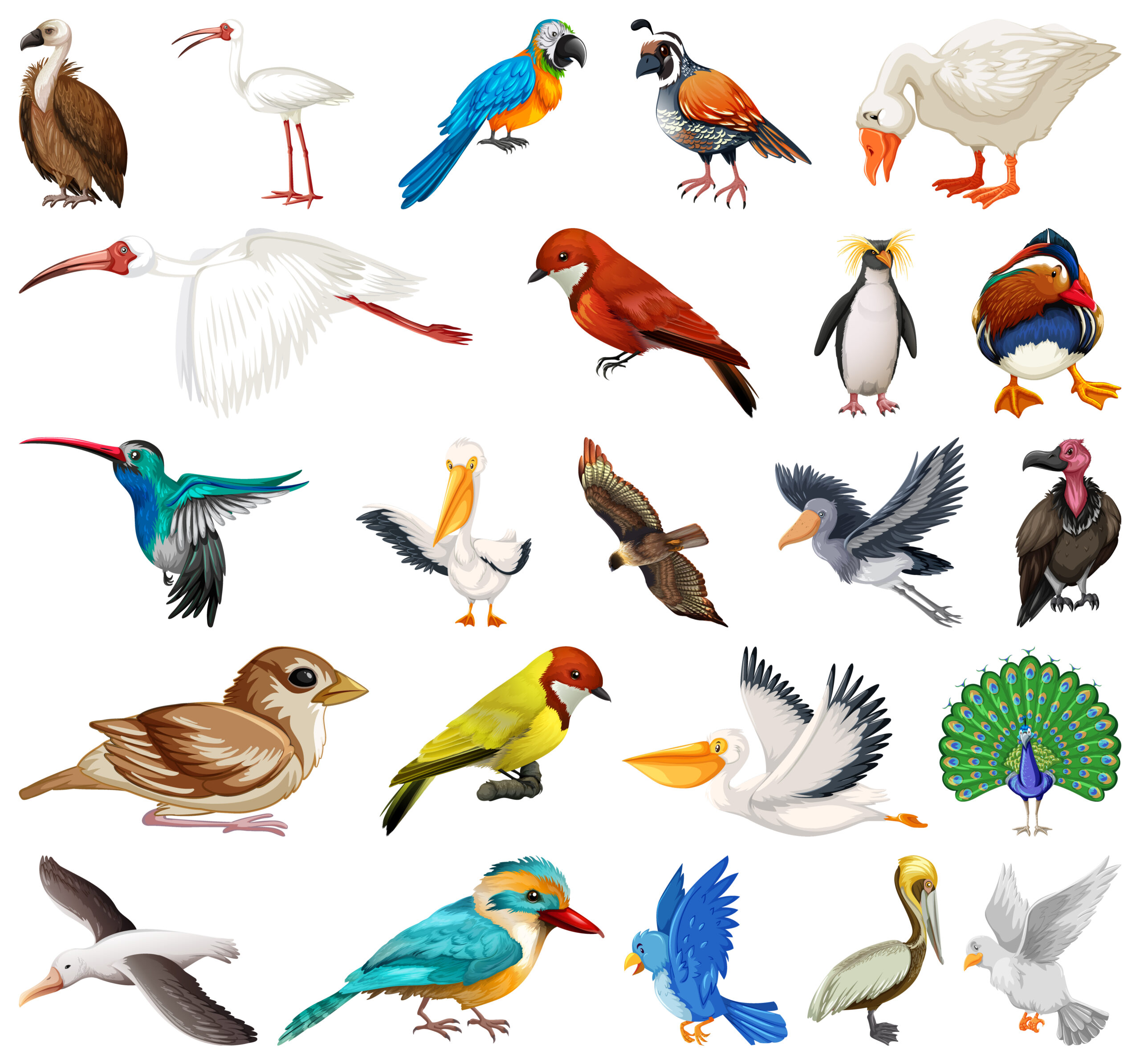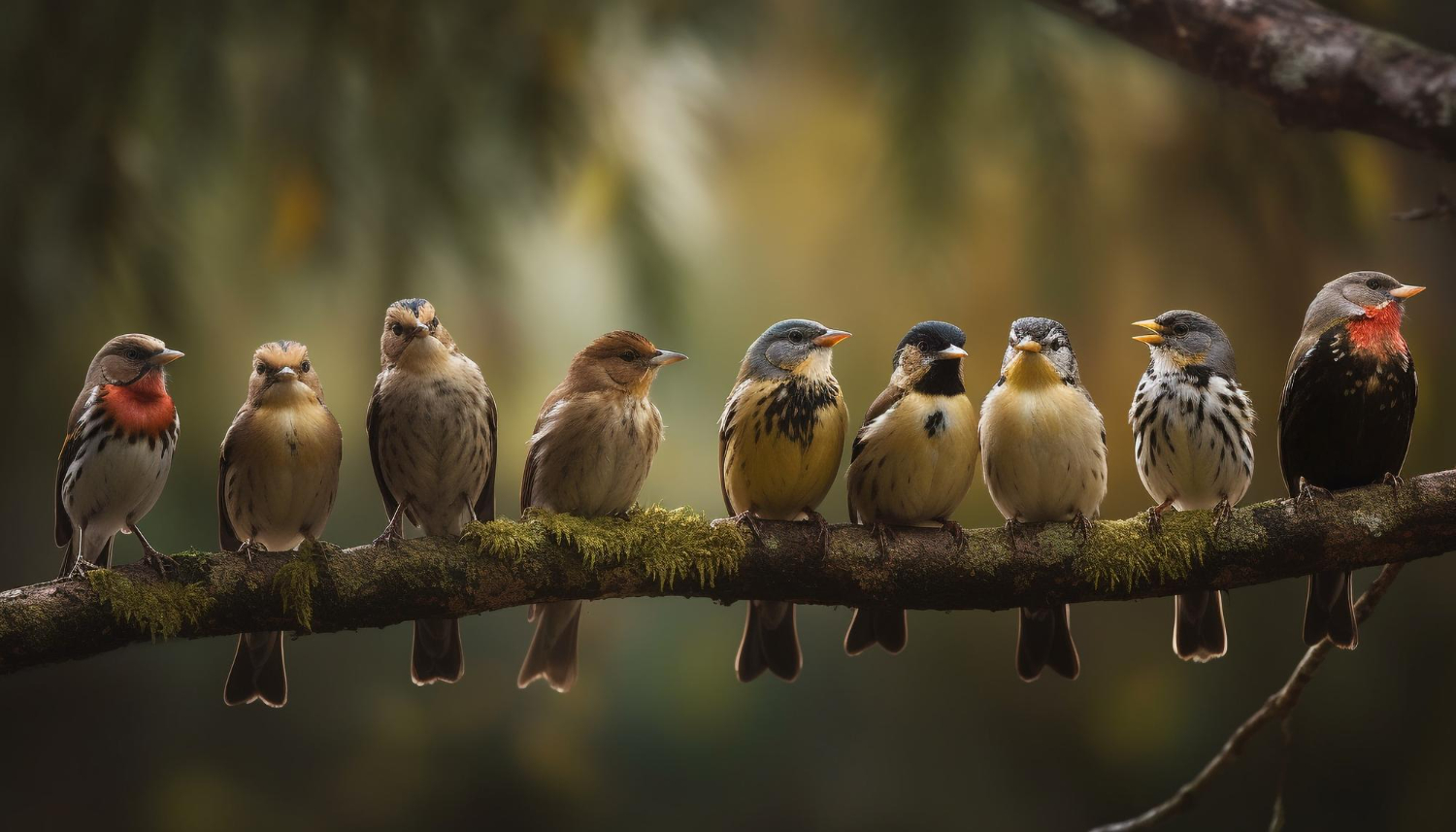Hawks are one of nature’s most extraordinary birds, often seen soaring gracefully through the skies. With their sharp eyesight, powerful talons, and swift movements, hawks have earned their place as remarkable predators in the animal kingdom. In 2025, these birds continue to fascinate scientists, birdwatchers, and nature lovers alike, showcasing their timeless role in the ecosystem.
The Incredible World of Hawks
Hawks belong to a group of birds called raptors or birds of prey. These skilled hunters are known for their ability to spot small animals from high in the sky. With over 270 species worldwide, hawks can be found on every continent except Antarctica. Each species has unique traits, but they all share common features that make them exceptional hunters.
Physical Traits That Define Hawks
Hawks are built for survival. Their keen eyesight is their most defining trait, allowing them to see prey from incredible distances. Some hawks can spot a small animal from more than a mile away. Their strong, hooked beaks are perfect for tearing into food, while their sharp talons help them catch and hold prey. These physical features ensure hawks remain at the top of their food chain.
Where Hawks Live
Hawks are adaptable birds, meaning they can live in a wide range of habitats. You’ll find hawks in forests, deserts, mountains, and even urban areas. They build their nests in trees or high cliffs, ensuring a safe spot to raise their young. In 2025, hawks have also been spotted thriving in city environments, adapting to human presence and changes in the natural landscape.
Hunting Techniques of Hawks
Hawk are exceptional hunters, using speed, strategy, and precision to catch their prey. Some hawk dive at incredible speeds, while others glide silently to surprise their targets. Prey can include small mammals, birds, insects, and even reptiles. Hawk’ hunting techniques highlight their intelligence and adaptability, making them one of the most efficient predators in the wild.
The Role of Hawks in Nature
Hawk play a vital role in maintaining balance in the ecosystem. By controlling populations of rodents, small birds, and insects, they help prevent overpopulation and disease spread. Without hawk, the natural balance could be disrupted, leading to an increase in pests that might harm crops or forests.
Hawks in 2025: Challenges and Conservation
Like many other animals, hawk face challenges in today’s world. Habitat loss due to deforestation and urbanization is a significant threat. Additionally, some hawk face dangers from hunting, pollution, and climate change. In 2025, conservation efforts are more important than ever to protect hawk and their habitats. Organizations around the world are working to raise awareness and protect these majestic birds.
Hawks and Human Interaction
People have always been fascinated by hawk. In some cultures, hawk symbolize strength, freedom, and vision. Falconry, the ancient art of hunting with birds of prey, has been practiced for centuries and continues today, highlighting the bond between humans and hawk. In 2025, hawk are also popular subjects for photography, art, and birdwatching.
How Hawks Communicate
Hawk communicate using calls, body language, and even their flight patterns. Their calls can range from sharp screeches to softer whistles, depending on the situation. For example, a hawk might call out to warn others of danger or to mark its territory. Observing these behaviors helps scientists better understand their social interactions and habits.
Famous Hawk Species
Some hawk have gained particular attention due to their unique traits. The red-tailed hawk, for example, is one of the most common species in North America and is known for its distinctive reddish tail. The Cooper’s hawk is another well-known species, famous for its agility in chasing prey through dense forests. Each species adds to the incredible diversity of hawk.
How Hawks Care for Their Young
Hawk are attentive parents. They build large nests, often called eyries, where they lay their eggs. Both parents are involved in raising their chicks, with the mother guarding the nest while the father hunts for food. The young hawk, called fledglings, grow quickly and begin practicing their flying and hunting skills within weeks of hatching.
Why Hawks Are Important to Study
Studying hawk helps scientists understand broader environmental changes. Since hawk are sensitive to changes in their habitats, they can act as indicators of ecosystem health. By monitoring hawk populations, researchers can gain valuable insights into the state of the environment and address potential problems early.
Hawks and Urban Environments
In 2025, hawk have become more visible in cities, adapting to urban life. They often perch on tall buildings or poles, using them as vantage points to hunt. Pigeons, rats, and other city-dwelling animals have become common prey for hawk, showcasing their ability to adapt and thrive even in man-made landscapes.
How to Spot Hawks in the Wild
For birdwatchers, spotting hawk is a thrilling experience. Look for them soaring high in the sky or perched on tall trees or poles. Early mornings and late afternoons are the best times to observe hawk, as this is when they are most active. Bringing binoculars and learning about the species in your area can make the experience even more rewarding.
Protecting Hawks for the Future
Conservation efforts are essential to ensure hawk continue to thrive in the wild. Simple actions like preserving natural habitats, supporting wildlife organizations, and educating others about hawk can make a big difference. By working together, we can help protect these incredible birds for generations to come.
The Future of Hawks
As we look to the future, hawk will undoubtedly continue to play a crucial role in nature. Advances in technology and conservation efforts in 2025 offer hope for their survival. By appreciating their beauty and importance, we can ensure hawk remain a symbol of freedom and power in the skies.
Final Thoughts on Hawks
Hawk are truly remarkable birds. Their grace, strength, and intelligence make them one of nature’s most awe-inspiring creatures. By learning more about hawk and supporting their conservation, we can ensure they continue to soar majestically in the skies for years to come. Let’s celebrate these majestic predators and work to protect them in 2025 and beyond.



